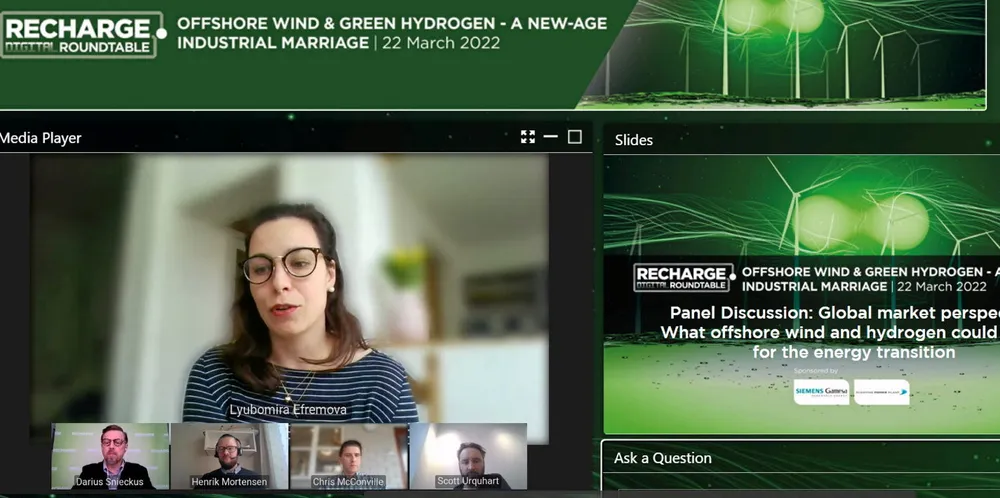Ukraine war 'changes paradigm' for offshore wind-to-hydrogen as nations dash for energy security
Recharge Roundtable told invasion 'changes rules of engagement' for technology link-up that combines utility-scale production with potential for energy independence
